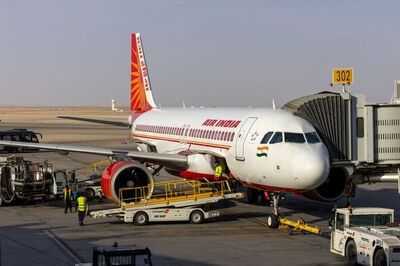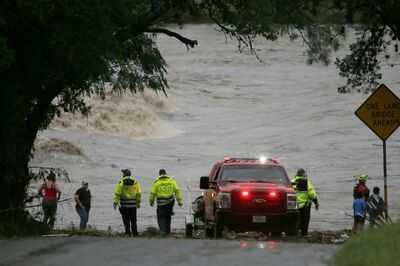PTC News Desk: Iran's parliament has approved a measure to close the Strait of Hormuz, a strategic global oil choke point after US struck its nuclear sites with precision strikes.
However, a final decision will be taken by the Supreme National Security Council, Iran's top security authority, said Major General Kowsari, a member of the parliament's National Security Committee.
The trait of Hormuz holds significant reverence as closure of which will result in disruption in trade flows and sky rocketing oil prices which will eventually destabilise the global economy.
WHAT IS STRAIT OF HORMUZ AND ITS SIGNIFICANCE?
The Strait of Hormuz is a narrow but strategically crucial passage linking the Persian Gulf with the Gulf of Oman and the Arabian Sea. It is bordered by Iran to the north and the Musandam Peninsula—part of Oman and the United Arab Emirates—to the south.
Spanning roughly 167 kilometers, the strait narrows to just 33 kilometers at its tightest point, with designated three-kilometer-wide lanes for ships traveling in both directions.
What If the Strait Is Blocked?
Any move by Iran to block or shut down the Strait of Hormuz would severely disrupt global oil shipments, leading to major supply shortages and a likely surge in oil prices.
A significant share of oil exports from OPEC members—including Saudi Arabia, Iran, the UAE, Kuwait, and Iraq—passes through this route, mostly bound for Asian markets. To reduce dependency on the strait, the UAE and Saudi Arabia have been developing alternative export routes.
According to the U.S. Energy Information Administration, as of June last year, there is around 2.6 million barrels per day (bpd) of spare capacity in existing pipelines in the UAE and Saudi Arabia that could be used to bypass the strait.









